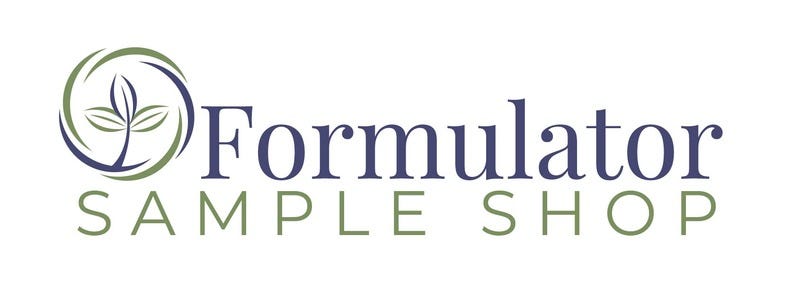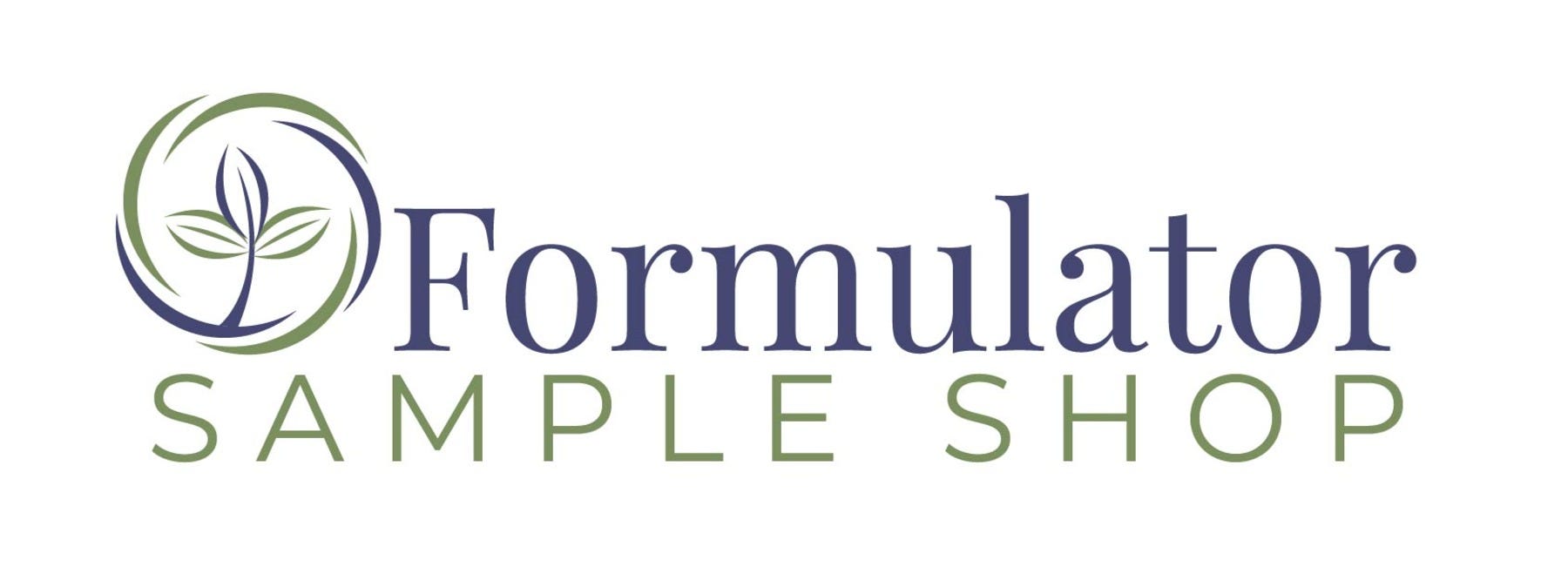FSS Dermal Respiratory Factor Advanced PF
Preserved with Lactobacillus Ferment
Utilizing the work of Dr. George Sperti and the more recent working knowledge of the yeast cell, we have developed a yeast derived extract for topical application, FSS Dermal Respiratory Factor Advanced.
FSS Dermal Respiratory Factor Advanced is produced by prompting live yeast cells to secrete synergistically active compounds, by striking the yeast cells with specific wavelengths of UV radiation. Through the use of biofermentation and various filtration techniques, such as tangential flow filtration, this secretion is then isolated and extracted from the live yeast cell. It is these extracts that are responsible for the increase of such phenomena as increased cell respiration, cell proliferations, and cell metabolism.
Commercially Live Yeast Cell Derivative (LYCD) has been used for several distinct purposes, pointing to the overall utility of this material in relationship to the treatment of living organisms. The first widespread use of LYCD began far from the Cosmetic arena. American Home Products utilized LYCD as the active in the well-known anti-hemorrhoid product Preparation H®. Legend has it that some adventurous fashion models brought about the crossover into cosmetics. Having begun to manifest one of the most visible symptoms of sleep deprivation, the models began to dab LYCD containing creams on the bags under their eyes. As would be expected the swelling subsided, the practice spread by word of mouth, and a core Cosmetic raw material was born.
In North America, South America, and Europe LCYD is primarily used to stimulate oxygen consumption, combat irritation, as, what could probably be best termed, a cosmetic potentiator. The rationale behind increasing oxygen consumption is that the more efficiently a cell consumes oxygen, the less oxygen is available to become excited to form destructive reactive oxygen species (ROS).
The mechanism by which LYCD reduces irritation has only recently become clear with the increased focus on the field of Heat Shock Proteins (Hsp). When cells are subject to stress, be it physical or emotional, they produce a class of proteins that either duplicate functions disabled by the stress, or protect the cell against additional stress. It is speculated that one or more of the components of LYCD is actually a Hsp. Given the similarity between yeast and human cells it is probable that when applied the Hsp(s) help to reduce, or reverse the actual stress presented to the human cell.
Given that LYCD is a global metabolic stimulant, as opposed to working on a single pathway, it is capable of potentiating the activity of other active ingredients. While the specific application is covered the possible applications are broad, especially in conjunction with actives such as Retinol, and its associated compounds, where irritation is an unwanted side-effect. Hans A. Schaeffer, widely recognized for his role in popularizing the use of LYCD in the cosmetic field, in conjunction with Henry Calam, were issued a patent (US 5,057,497) for the use of LYCD in maintaining healthy gingival tissue. In Asia, LYCD is primarily used to increase the translucency of skin. Translucency is especially important for whitening applications. The idea being that if skin is more translucent it is much easier to appreciate the evenness of skin-tone achieved with whitening products. Many major Cosmetic Companies such as Pacific, Shiseido, Max Factor, Avon, Coreana, and Kanebo all utilize yeast extracts as a core raw material in their skin care products.
Over 600 species of yeast exist with the most well-known yeast being Saccharomyces cerevisiae. Saccharomyces cerevisiae better known as bakers or brewer’s yeast, although cherished for its fermentation abilities, was once considered to be an inutile organism by the scientific world. Within the past 30-40 years the wonders of yeast have finally been recognized. Because yeast cells are very similar to human cells in composition and structure, they make for a perfect palate to research scientists. Like a human cell, a yeast cell is a true eukaryote. It has a nucleus that contains the nucleoli and chromosomes, which are separated from the cytoplasm by a nuclear membrane. Yeast cells have 17 chromosomes, while human cells have 23 chromosomes, but their structures are very similar. Yeast also has two genders and reproduces with cells that are similar to humans’ means of fertilization. In 1996, the yeast cell became the first living organism to have a completely mapped genome.
Yeast has been used since prehistoric times in the making of breads and wines. The Egyptians are often credited with discovering the beneficial properties of yeast over 6,000 years ago for the making of leavened breads, wine and beer. It is believed that some yeast cells found their way into an open vat of crushed grapes, which then turned the juice into wine. Unaware of how this phenomenon worked, they continued to amass the yeast sediment that collected at the bottom of each batch and then added it to the next vat of crushed grapes, continuing the wine production process. However, it wasn’t until the 1850s that Louis Pasteur discovered that fermentation is simply the metabolic by-product of yeast.
Then in 1896, German chemist Eduard Büchner discovered that the fermentation enzymes found in yeast cells would remain active even after extraction from the cells as long as they were not boiled. This discovery soon paved way for the delineation of the biochemical process of fermentation as well as the rising of bread.
Through decades of thorough research and experimentation following Dr. Sperti’s original work, LYCD has been proven to increase the rate at which cells consume oxygen. The increase in oxygen consumption is actually merely a symptom of a global increase in metabolism. Traditionally the activity of LYCD was measured using the Warburg test. The test involved the use of defatted rat abdominal skin where the oxygen consumption was measured using a manometer. Where one unit of respiratory activity is defined as the quantity of LYCD required to increase the oxygen uptake of 1 mg of tissue by 1% at the end of 1 hour. The Warburg method eventually was shown to be a good indicative measure but difficult to correlated from researcher to researcher. The modern incarnation of this assay involved the use of mouse liver cells where the oxygen consumption is measured by an oxygen electrode. This method is highly reproducible, but does relay on animal tissue. LYCD during the course of its existence has become a well-understood product, where it is generally believed that the active ingredients are a low molecular weight glycopeptides. UV absorbance at 256 nm has been closely correlated with respiratory units and is generally accepted as a non-animal alternative.
Benefits of FSS Dermal Respiratory Factor Advanced PF:
• Global Metabolic Stimulant
• Efficacious Soothing Benefits
• Promotes Wound Healing
• Stimulates Collagen Production
• Stimulates Elastin Production
• Increases Cellular Respiration


INCI Nomenclature: Water & Saccharomyces Lysate Extract
Appearance: Yellowish Liquid
Suggested Use Levels: 0.5-5.0%
pH: 3.0-7.0
Storage: Protected from direct light and humidity at a temperature of 50°-77°F (10°-25°C)
Shelf life: 12 months from the date of manufacture.
This product should be added to a formulation at the recommended usage rate.
All products sold are cosmetic grade; External Use Only; Cosmetic & Personal Care Formulations Only.
Our products are for cosmetic and personal care formulations only; External Use Only. We recommend working with a chemist or a formulator if you’re not advanced in formulating.
Statements contained herein have not been evaluated by the Food and Drug Administration. These products are not intended to diagnose, treat and cure, or prevent disease.

